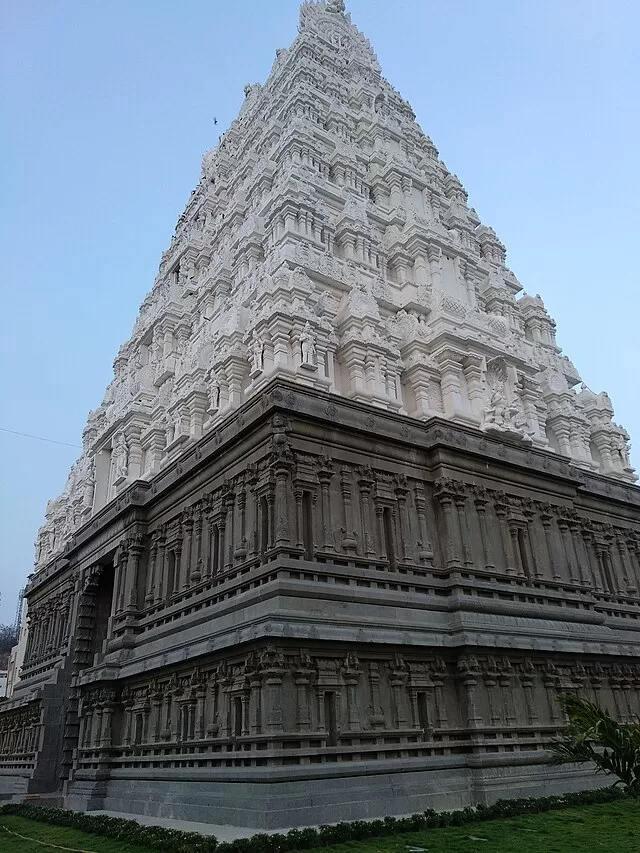Nestled amidst the lush greenery of Andhra Pradesh, the Srikalahasti Temple stands as a testament to the rich cultural and religious heritage of South India. This ancient Hindu temple, dedicated to Lord Shiva, is renowned for its architectural grandeur, spiritual significance, and vibrant festivals. In this article, we will embark on a spiritual journey exploring the captivating Srikalahasti Temple, its history, architecture, rituals, and the divine experience it offers to its devotees.
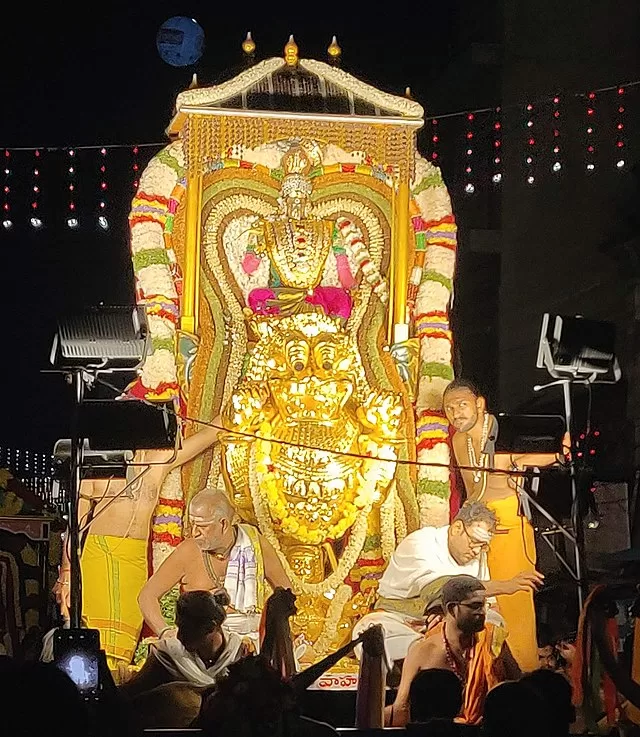
History of Srikalahasti Temple
The history of Srikalahasti Temple dates back to the 9th century when it was built by the Chola dynasty. The temple has undergone several renovations and expansions over the centuries, showcasing the architectural styles of various dynasties, including the Cholas, Pandya, and Vijayanagara empires. The inscriptions found within the temple premises provide valuable insights into its historical significance and the patronage it received from different rulers.
Architectural Marvels of the Temple
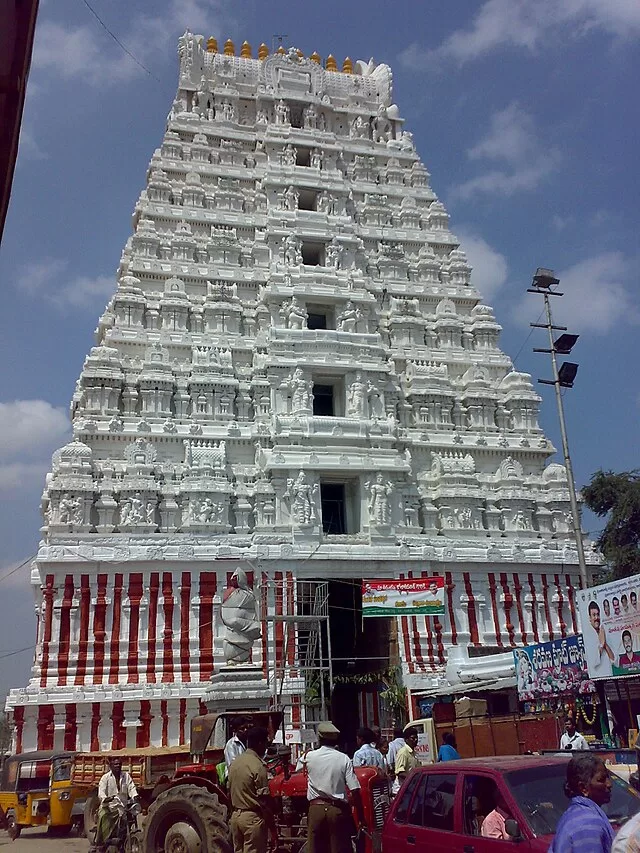
The Srikalahasti Temple boasts a stunning Dravidian architectural style, characterized by intricate carvings, majestic gopurams (gateway towers), and ornate pillars. The main entrance, adorned with sculpted figures and motifs, welcomes visitors into a world of divine splendor. The towering gopurams, reaching up to 120 feet, are adorned with vibrant sculptures depicting mythological stories and celestial beings. The temple’s sanctum sanctorum, known as the Garbhagriha, houses the sacred Shiva lingam, a representation of Lord Shiva.
Spiritual Significance and Legends
According to Hindu mythology, the Srikalahasti Temple is situated at the very spot where Lord Shiva saved a spider and an elephant from a serpent’s grasp. The temple is believed to possess immense spiritual power, and devotees flock here to seek blessings and redemption from their sins. It is also considered one of the Pancha Bhoota Stalas, representing the element of air.
Rituals and Festivals
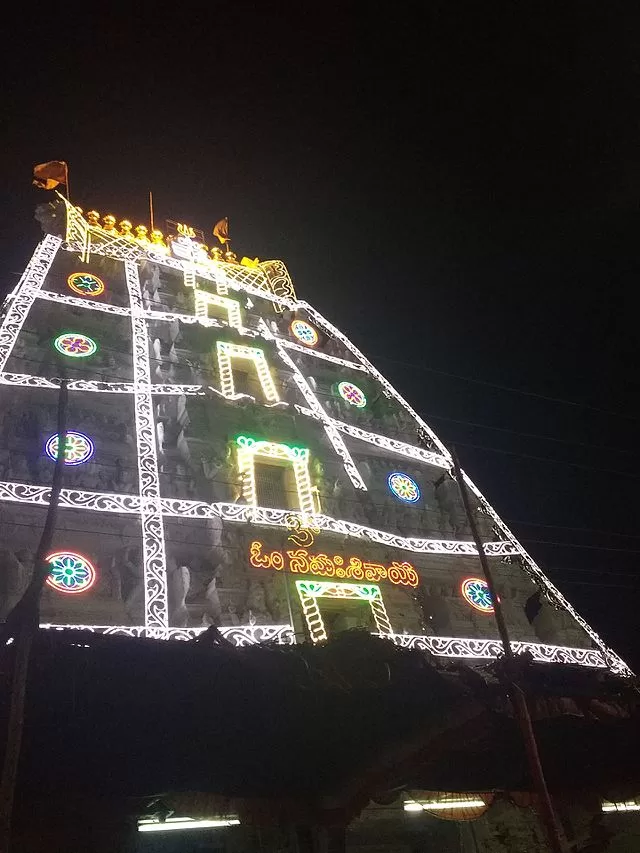
The temple is renowned for its elaborate rituals performed by the priests. Devotees can witness the captivating Abhishekam, a sacred bath given to the deity, and participate in the rhythmic chanting of mantras. The temple celebrates numerous festivals throughout the year, with the Maha Shivaratri festival being the most significant. During this grand celebration, the temple is adorned with colorful decorations, and devotees engage in devotional songs and dances to honor Lord Shiva.
The Divine Experience
Visiting the Srikalahasti Temple offers a profound spiritual experience. As you step into the temple complex, the aroma of incense and the sound of temple bells fill the air, creating an atmosphere of tranquility and devotion. The divine energy that permeates the surroundings is palpable, and devotees find solace in offering prayers, seeking divine intervention, and connecting with the supreme power.
Preservation and Restoration Efforts
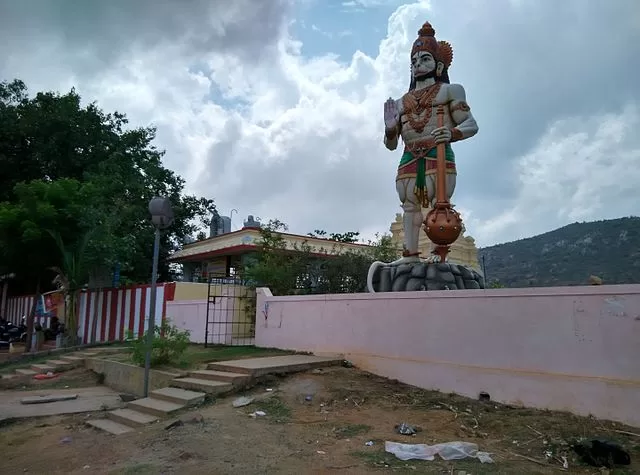
Efforts are continually underway to preserve and restore the architectural marvels of the Srikalahasti Temple. The temple authorities, with the support of the government and devotees, strive to maintain the sanctity and cultural heritage of this sacred site. Restoration projects ensure that the temple’s intricate carvings and structures are well-preserved for future generations to marvel at.
How to Reach Srikalahasti Temple
Srikalahasti Temple can be easily reached through multiple modes of transportation.
By Road:
Srikalahasti is well-connected by road networks. Regular bus services operate from nearby cities and towns, making it convenient for devotees and tourists to reach the temple. Private taxis and car rentals are also available for those who prefer a more personalized mode of transportation.
By Rail:
Srikalahasti has its own railway station, which is connected to major cities in India. Regular train services operate, allowing devotees to embark on a spiritual journey to the temple. From the railway station, the temple is easily accessible by local transportation options like autos and taxis.
By Air:
The nearest airport to Srikalahasti is Tirupati International Airport, situated approximately 25 kilometers away. The airport operates domestic flights from various cities in India, making it a convenient option for air travelers.
Regardless of the mode of transportation chosen, reaching Srikalahasti Temple is a seamless process, ensuring that devotees and visitors can embark on a spiritual pilgrimage with ease.
Accommodation and Amenities

The temple town of Srikalahasti offers a range of accommodation options, ranging from budget-friendly guesthouses to luxurious hotels. Devotees can find facilities for comfortable stays, including well-furnished rooms, delicious vegetarian cuisine, and essential amenities. It is advisable to book accommodation in advance, especially during festival seasons, to ensure a hassle-free visit.
Local Attractions Near Srikalahasti
Apart from the enchanting Srikalahasti Temple, the region offers several other attractions for visitors. The picturesque Talakona Waterfalls, renowned for its natural beauty, and the ancient Sri Venkateswara Swamy Temple in Tirupati are popular nearby destinations. Exploring these attractions provides an opportunity to experience the cultural and natural splendors of the region.
Tips for Visitors
When visiting the Srikalahasti Temple, it is important to keep in mind the following tips:
- Dress Modestly: Respect the sanctity of the temple by dressing modestly. It is advisable to wear traditional attire that covers the shoulders and knees as a mark of reverence.
- Follow the Temple Dress Code: Adhere to the temple’s dress code, which may include wearing dhoti for men and saree/salwar-kameez for women. Make sure to familiarize yourself with the specific dress requirements before your visit.
- Shoe stands or designated areas are usually available for visitors to safely store their footwear.
- Maintain Silence and Reverence: Inside the temple, maintain a calm and silent demeanor. This allows for a peaceful environment and shows respect for the religious sentiments of fellow devotees.
- Seek Guidance from Temple Authorities: If you have any questions or need assistance regarding rituals or procedures, don’t hesitate to approach the temple authorities. They are there to help and provide guidance to visitors.
- Carry Essential Items: It is recommended to carry essential items such as drinking water, sunscreen, and hats, especially if you plan to spend a significant amount of time exploring the temple complex. These items will ensure your comfort during the visit.
Srikalahasti Temple: A Testament of Devotion
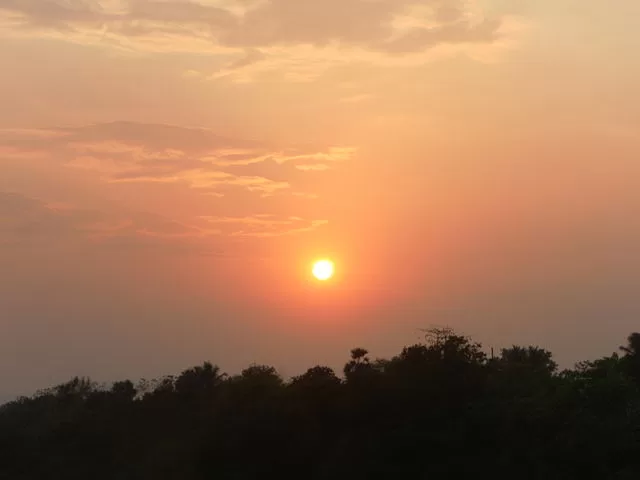
The Srikalahasti Temple stands as a magnificent testament to unwavering devotion and profound faith. It beckons millions of devotees and spiritual seekers from far and wide, drawn by the desire to seek solace, blessings, and forge a deeper connection with the divine. This sacred abode, with its awe-inspiring architecture, sacred rituals, and vibrant festivals, holds an indescribable allure, making it an indispensable destination for pilgrims from diverse backgrounds.
What is the Kalahasti Temple famous for?
Kalahasti Temple, also known as Srikalahasti Temple, is famous for its association with Lord Shiva and its significance as one of the Pancha Bhoota Stalas (five elements temples). It is particularly renowned for its powerful Rahu-Ketu Dosha Nivarana Pooja, a special ritual conducted to alleviate the adverse effects of Rahu and Ketu planetary positions in astrology. Devotees from far and wide visit the temple seeking spiritual solace, blessings, and remedies for their astrological afflictions. The temple’s architectural grandeur, rich history, and vibrant festivals also contribute to its fame and attract pilgrims and tourists alike.
What is the time of Rahu Ketu pooja in Srikalahasti temple?
The Rahu Ketu Pooja at Srikalahasti Temple is conducted throughout the day from morning till evening. Devotees can perform the pooja during the temple’s opening hours. The temple generally opens in the early morning and remains open until late evening. It is advisable to check the temple’s official website or contact the temple authorities for the exact timings and any updates regarding the Rahu Ketu Pooja schedule.
How to perform Rahu Ketu Pooja at Srikalahasti?
To perform the Rahu Ketu Pooja at Srikalahasti Temple, follow these steps:
- Dress appropriately: Wear traditional attire and ensure your clothing covers the shoulders and knees as a mark of respect.
- Reach the temple: Visit the Srikalahasti Temple during its opening hours. You can check the temple’s official website or contact the temple authorities for the exact timings.
- Obtain the required materials: Purchase the necessary materials for the pooja, which usually include two small silver or copper snake-shaped strips representing Rahu and Ketu.
- Find the Pooja section: Locate the designated area within the temple premises where the Rahu Ketu Pooja is performed. Seek guidance from the temple authorities if needed.
- Perform a cleansing ritual: Before starting the pooja, cleanse yourself by taking a bath or sprinkling water on your face and hands.
- Seek blessings: Enter the pooja area and offer prayers to Lord Shiva, seeking His blessings for a successful and fruitful Rahu Ketu Pooja.
- Perform the Pooja: Take the Rahu and Ketu strips and follow the instructions given by the priests. They will guide you through the process of performing the pooja, which may involve reciting mantras, offering flowers, and pouring holy water over the strips.
- Offer prayers and seek forgiveness: Pray sincerely to Lord Shiva, seeking forgiveness for any past mistakes or sins, and requesting His blessings for the alleviation of Rahu-Ketu doshas.
- Make a donation: It is customary to make a donation or offer dakshina to the priests as a token of gratitude for conducting the pooja.
- Receive blessings: After completing the pooja, receive the prasadam (sacred offering) from the temple priests, which usually includes kumkum (vermillion) and holy water. Apply the kumkum on your forehead as a mark of blessings.
Performing the Rahu Ketu Pooja at Srikalahasti Temple with utmost devotion and faith is believed to bring spiritual well-being and alleviate the malefic effects of Rahu and Ketu.
What is the time of Kalahasti Darshan?
The timings for Kalahasti Darshan, or the general darshan (viewing) of the deities at Srikalahasti Temple, are as follows:
Morning Timings:
- Monday to Friday: 6:00 AM to 9:00 AM
- Saturday and Sunday: 6:00 AM to 9:30 AM
Afternoon Timings:
- Monday to Sunday: 10:30 AM to 4:30 PM
Evening Timings:
- Monday to Sunday: 6:00 PM to 8:00 PM
Please note that these timings are subject to change and it is always advisable to check the official website or contact the temple authorities for the most accurate and up-to-date information regarding Kalahasti Darshan timings.
Conclusion
The Srikalahasti Temple, with its historical significance, architectural marvels, and profound spirituality, continues to captivate the hearts of those who visit. It is a place where one can immerse themselves in the essence of Hindu mythology, witness centuries-old traditions, and experience the divine presence. A journey to Srikalahasti Temple is an enriching experience that leaves an indelible impression on the souls of the devotees.
FAQs
1. Why is Srikalahasti Temple so famous?
Srikalahasti Temple is best known for its association with the element of air (Vayu) in the Pancha Bhoota Stalas. It’s also widely respected for its Rahu-Ketu dosha nivarana pooja (remedy rituals), which many believe help in removing planetary obstacles.
2. Can I visit the temple during Rahu Kalam or Yama Gandam?
Nope, it’s generally avoided. The temple remains open, but traditional beliefs suggest not doing any major rituals or poojas during Rahu Kalam or Yama Gandam hours. Timing is everything here!
3. Is there a dress code at the temple?
Yes, like many South Indian temples, modest traditional attire is preferred. Men usually wear dhotis or formal pants with shirts, and women are expected to wear sarees or salwar kameez.
4. How long does the Rahu-Ketu Pooja take, and do I need to book in advance?
The pooja typically takes 30–45 minutes. While walk-ins are allowed, weekends and special days get crowded. So, booking a slot in advance is a smart move if you want to skip the rush.
5. What’s the best time to visit Srikalahasti Temple?
Early mornings and weekdays are perfect if you’re aiming for a peaceful darshan. Weather-wise, October to March is cooler and more comfortable for temple hopping.

